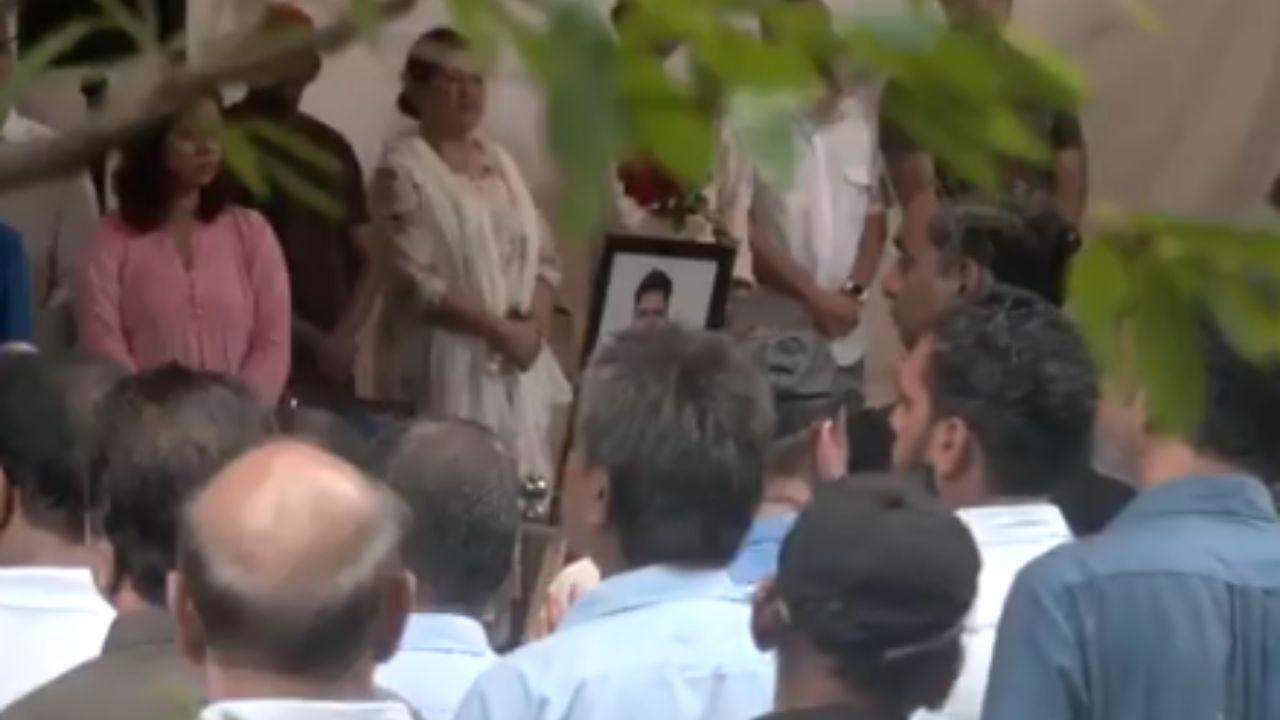
The mortal remains of Clive Kunder, the co-pilot of Air India flight AI-171, which tragically crashed in Ahmedabad on June 12, were brought to his residence in Mumbai on Thursday.
Visuals from his residence depicted a gathering of individuals in attendance while his family stood in front of his portrait, grieving their profound loss, reported news agency ANI.
Kunder resided with his parents in the Goregaon (West) area. His remains arrived earlier today at Mumbai Airport and were subsequently transported to his home.
Earlier on June 12, the day of the incident, Actor Vikrant Massey expressed his condolences, stating that Kunder was a “family friend.”
In an Instagram post, Vikrant conveyed his sympathies to the victims and their families, disclosing that Clive was the first officer on “that fateful” AI171 flight, which crashed shortly after takeoff from Sardar Vallabhbhai Patel International Airport.
“It pains even more to know that my uncle, Clifford Kunder, lost his son, Clive Kunder, who was the 1st officer operating on that fateful flight. May God give strength to you and your family, uncle, and to all deeply affected,” he expressed grief, reported ANI.
On June 12, a London-bound Air India Boeing 787-8 Dreamliner crashed into a hostel complex of BJ Medical College in the Meghani Nagar area of Gujarat`s Ahmedabad shortly after takeoff from Sardar Vallabhbhai Patel International Airport. The tragedy claimed 241 lives out of 242 onboard, including former Gujarat Chief Minister Vijay Rupani.
After the accident, an inquiry into the accident is underway, with the Directorate General of Civil Aviation ordering enhanced safety checks on Air India`s 787-8/9 Dreamliner fleet and the Tata group, the owner of Air India, along with the airline company has announced a total of Rs 1.25 crore compensation to the families of the victims, according to ANI.
A week after the Air India crash in Gujarat`s Ahmedabad, the Ministry of Civil Aviation has released new draft rules to tighten control over structures that pose a risk to aircraft safety.
The rules aim to give authorities the power to take prompt action against buildings and trees that exceed height limits in designated aerodrome zones. This is seen as a proactive step to prevent potential accidents caused by obstructions in the flight path.
(With ANI inputs)

